Commercial kitchen lighting design is a critical aspect of creating a functional, safe, and efficient workspace for chefs and kitchen staff. Unlike residential kitchens, commercial kitchens require specialized lighting solutions to meet the demanding needs of a high-paced and professional culinary environment. In this exploration of commercial kitchen lighting design, we’ll delve into the key considerations, lighting types, and best practices that contribute to an effective and well-lit commercial kitchen.
One of the primary considerations in commercial kitchen lighting design is ensuring adequate illumination for the various tasks performed in the space. Different areas of the kitchen, such as prep areas, cooking stations, and cleaning zones, require specific lighting levels to facilitate safe and efficient work. Task lighting, strategically placed to illuminate work surfaces without causing shadows, plays a crucial role in meeting these specific needs.
The choice of lighting fixtures in a commercial kitchen is influenced by factors such as durability, safety, and compliance with hygiene standards. In environments where food preparation and cooking are constant, fixtures must be resistant to heat, moisture, and grease. Additionally, selecting fixtures with smooth surfaces and minimal crevices ensures easier cleaning, adhering to stringent hygiene regulations that govern commercial kitchens.
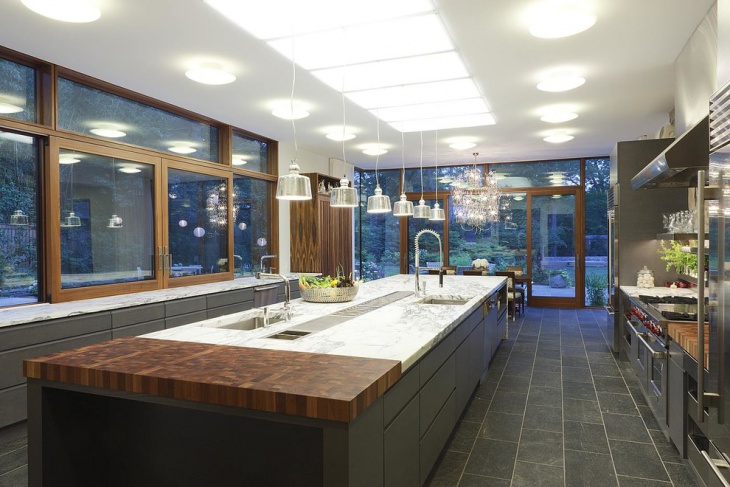
A common lighting strategy in commercial kitchens is the use of a layered lighting approach. This involves combining ambient, task, and accent lighting to create a well-balanced and versatile lighting scheme. Ambient lighting provides overall illumination, while task lighting focuses on specific work areas, and accent lighting adds visual interest or highlights specific features. This layered approach contributes to a well-lit and visually appealing kitchen environment.
LED lighting has become a popular choice in commercial kitchen lighting design due to its energy efficiency, longevity, and versatility. LED fixtures produce minimal heat, making them suitable for the high-temperature environment of a commercial kitchen. Additionally, their long lifespan and low maintenance requirements make them a cost-effective option for businesses looking to reduce energy consumption and operational costs.
Natural light can play a significant role in commercial kitchen lighting design, offering benefits such as improved mood, visual comfort, and energy savings. Where possible, incorporating windows, skylights, or light wells into the kitchen design allows for the infusion of natural light. However, it’s essential to consider glare control and the potential for heat gain, especially in kitchens where precise control over the environment is crucial.
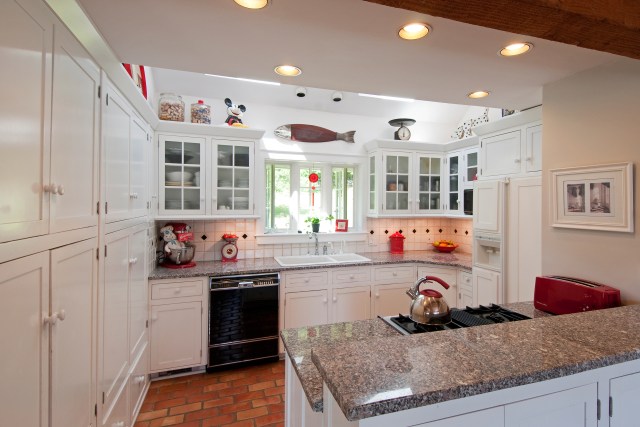
Effective color rendering is essential in commercial kitchen lighting to ensure that chefs can accurately assess the color and quality of food. High Color Rendering Index (CRI) fixtures are preferred, as they replicate natural daylight and provide a true representation of colors. This is particularly important when evaluating the freshness and quality of ingredients during food preparation.
Lighting controls are integral to commercial kitchen lighting design, allowing for flexibility and energy efficiency. Dimmers, timers, and sensors can be employed to adjust light levels based on the time of day, task requirements, or occupancy. This level of control not only enhances the adaptability of the lighting system but also contributes to energy savings by optimizing light usage.
The placement of lighting fixtures in commercial kitchens is a crucial aspect of the design. Overhead fixtures, such as recessed or pendant lights, are commonly used to provide general illumination. Task-specific lighting, such as under-cabinet or mounted fixtures, should be strategically placed to eliminate shadows and ensure adequate illumination of work surfaces. The careful arrangement of fixtures helps create a well-lit and ergonomic workspace.
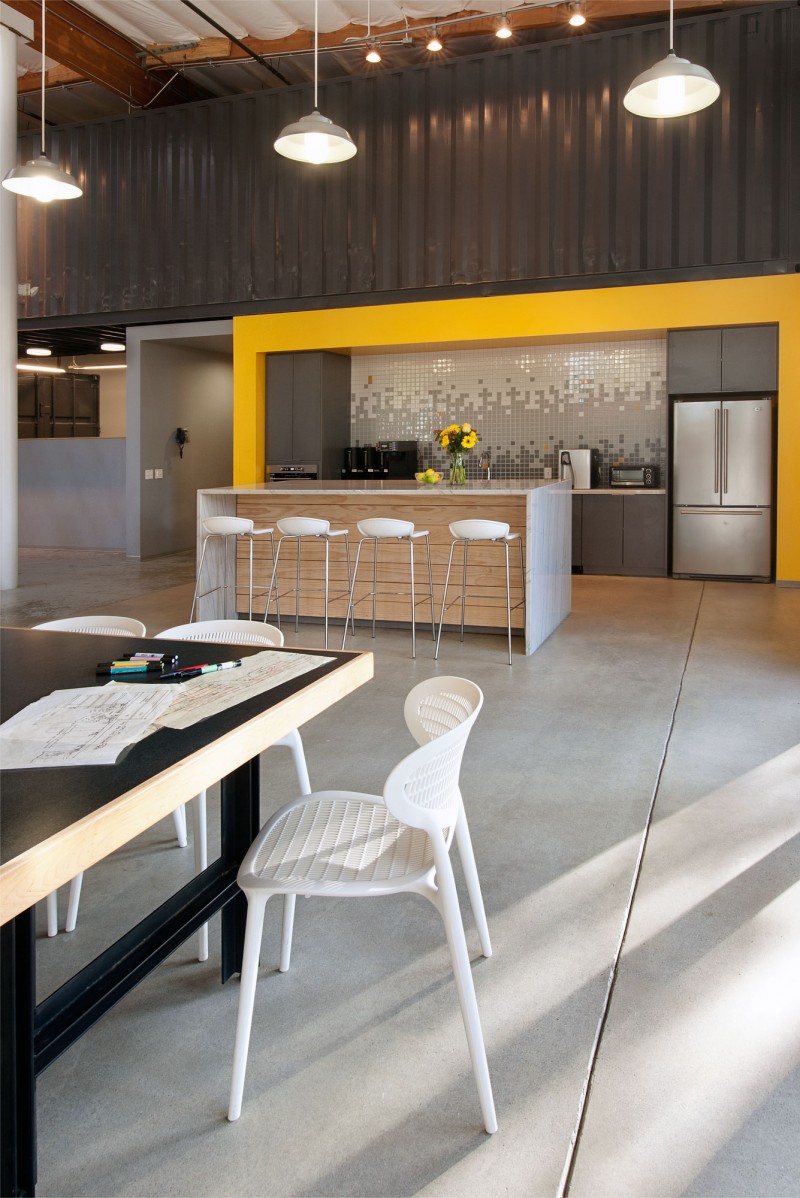
Emergency lighting is a critical component of commercial kitchen lighting design to ensure the safety of occupants in the event of a power outage. Exit signs, emergency lights, and backup lighting systems are essential to guide staff safely out of the kitchen and comply with building safety codes. Regular testing and maintenance of emergency lighting systems are imperative to guarantee their reliability when needed.
In environments where cleanliness is paramount, such as commercial kitchens, selecting fixtures with ingress protection (IP) ratings is crucial. IP-rated fixtures are designed to withstand dust, water, and grease, ensuring longevity and minimizing the risk of electrical hazards. This consideration aligns with the strict hygiene standards that govern commercial kitchen operations.
The importance of glare control cannot be overstated in commercial kitchen lighting design. Glare from direct or reflective lighting sources can hinder visibility and pose safety risks. Anti-glare fixtures, diffusers, and proper luminaire placement help mitigate glare, creating a comfortable and safe environment for kitchen staff to carry out their tasks without visual discomfort.

Foot-candle levels, which measure the amount of light reaching a surface, are a key metric in commercial kitchen lighting design. Different areas of the kitchen require varying foot-candle levels to meet specific tasks. For example, prep areas may require higher levels of illumination compared to storage or circulation areas. Achieving the appropriate foot-candle levels contributes to a well-lit and functional kitchen space.
Maintaining uniformity in lighting distribution is vital to avoid uneven illumination and shadows in commercial kitchens. Even lighting levels across work surfaces, aisles, and equipment ensure a consistent and visually comfortable environment. Uniform lighting also aids in preventing eye strain and fatigue, supporting the productivity and well-being of kitchen staff during long working hours.
In spaces where cleanliness is paramount, such as commercial kitchens, selecting fixtures with ingress protection (IP) ratings is crucial. IP-rated fixtures are designed to withstand dust, water, and grease, ensuring longevity and minimizing the risk of electrical hazards. This consideration aligns with the strict hygiene standards that govern commercial kitchen operations.
Commercial kitchen lighting design is a multifaceted endeavor that considers the specific needs of a professional culinary environment. From task lighting to ambient illumination, the design must balance functionality, safety, and aesthetics. The choice of fixtures, control systems, and adherence to industry standards all contribute to creating a well-lit and efficient commercial kitchen that enhances productivity, safety, and the overall culinary experience.

How to Choose Your Kitchen Lighting

Kitchen – Design your home
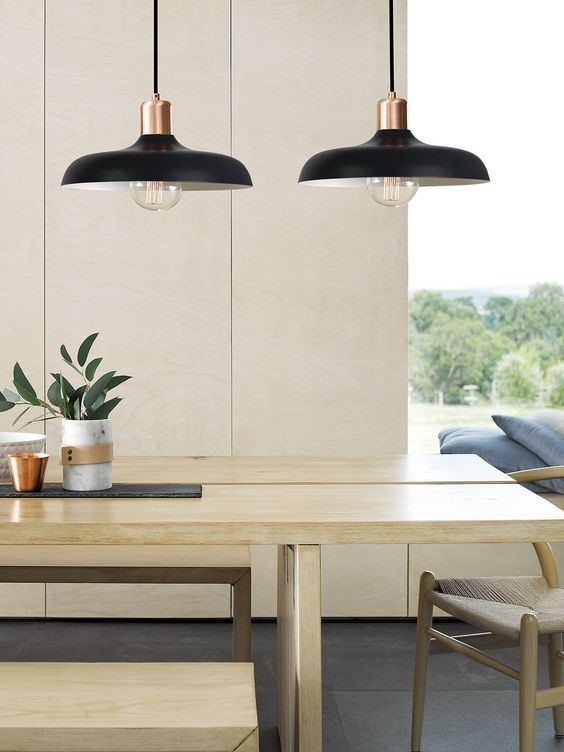
Open Contemporary Kitchen Design Ideas iDesignArch Interior Design, Architecture & Interior
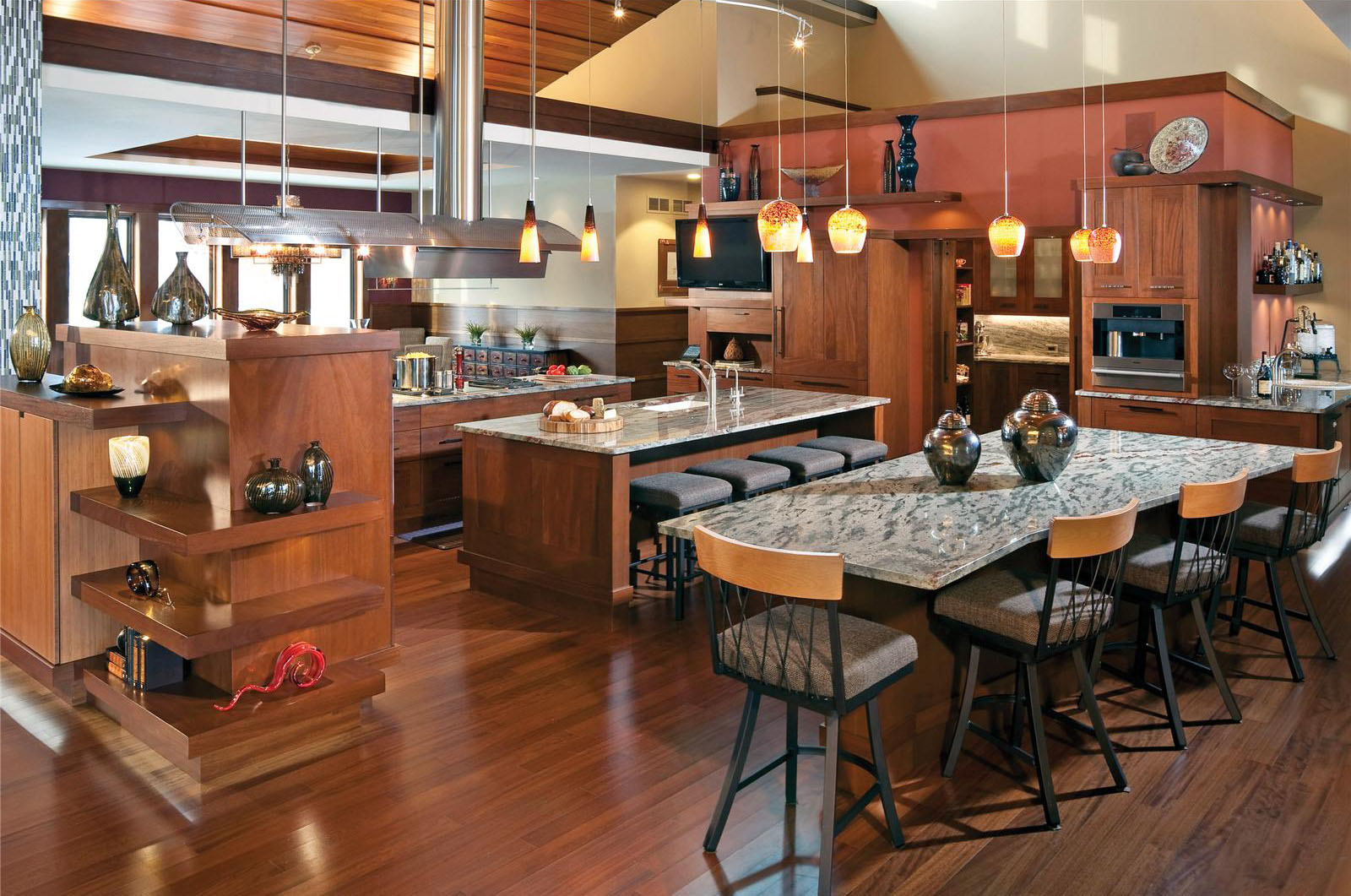
Beautiful lighting solutions for your dream kitchen. Gallery fitted kitchens

Lighting Designer Kitchens
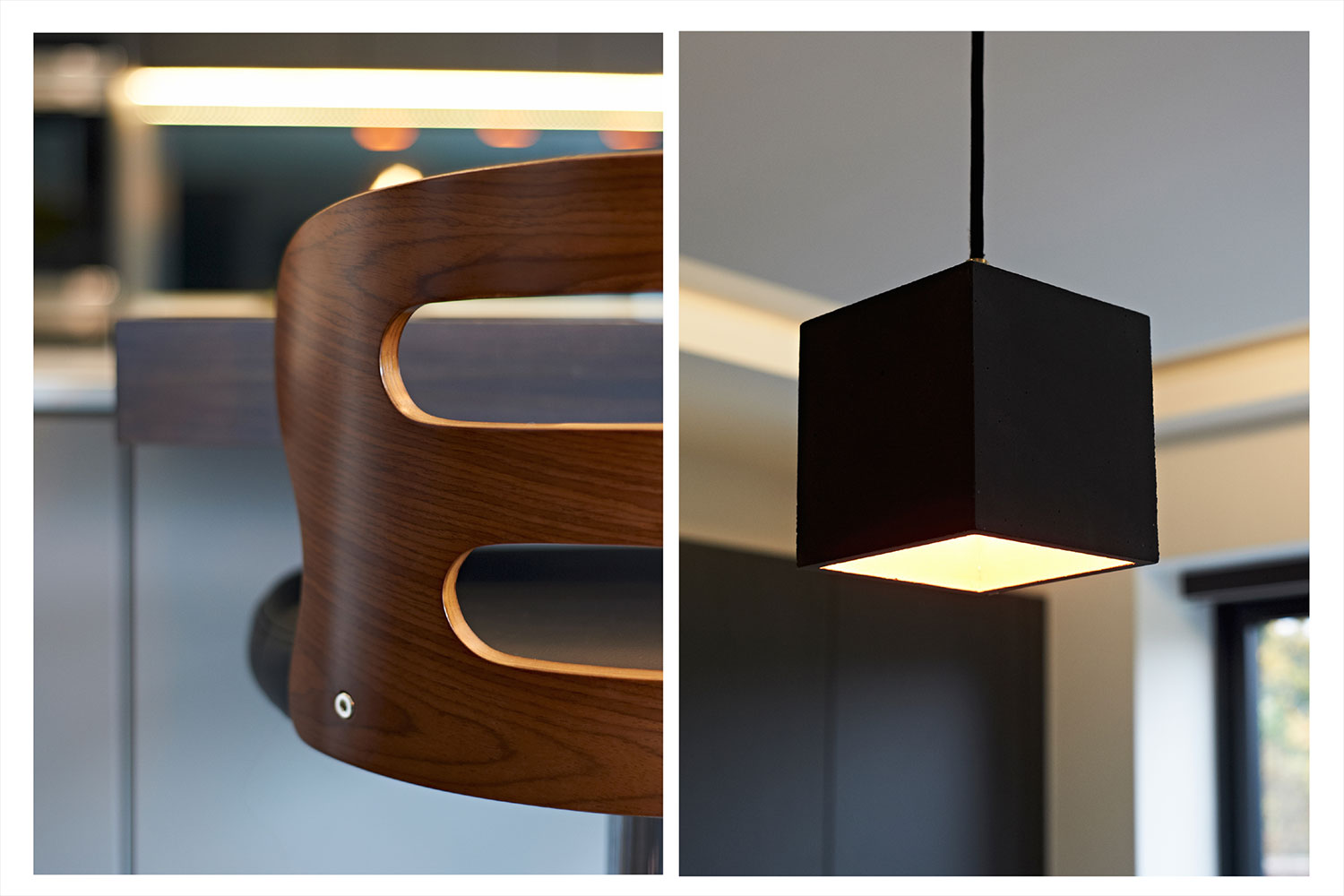
Kitchen Lighting Gallery

Kitchen Lighting Gallery
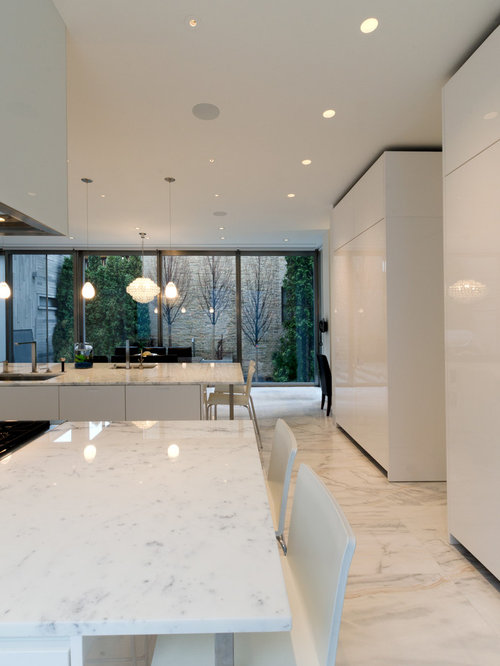
Cozy Apartment In Singapore With Stylish Elements iDesignArch Interior Design, Architecture
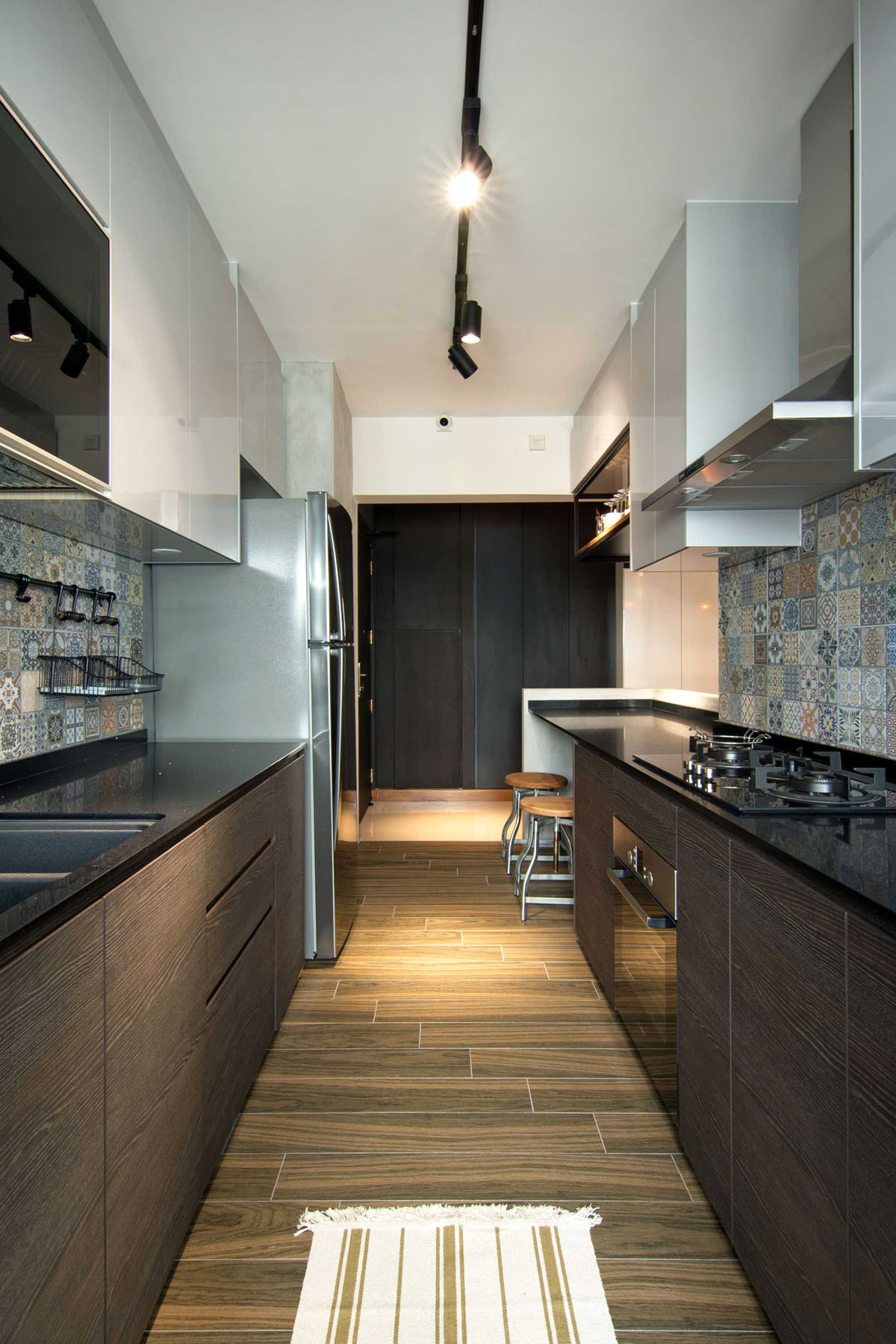
Open Contemporary Kitchen Design Ideas iDesignArch Interior Design, Architecture & Interior
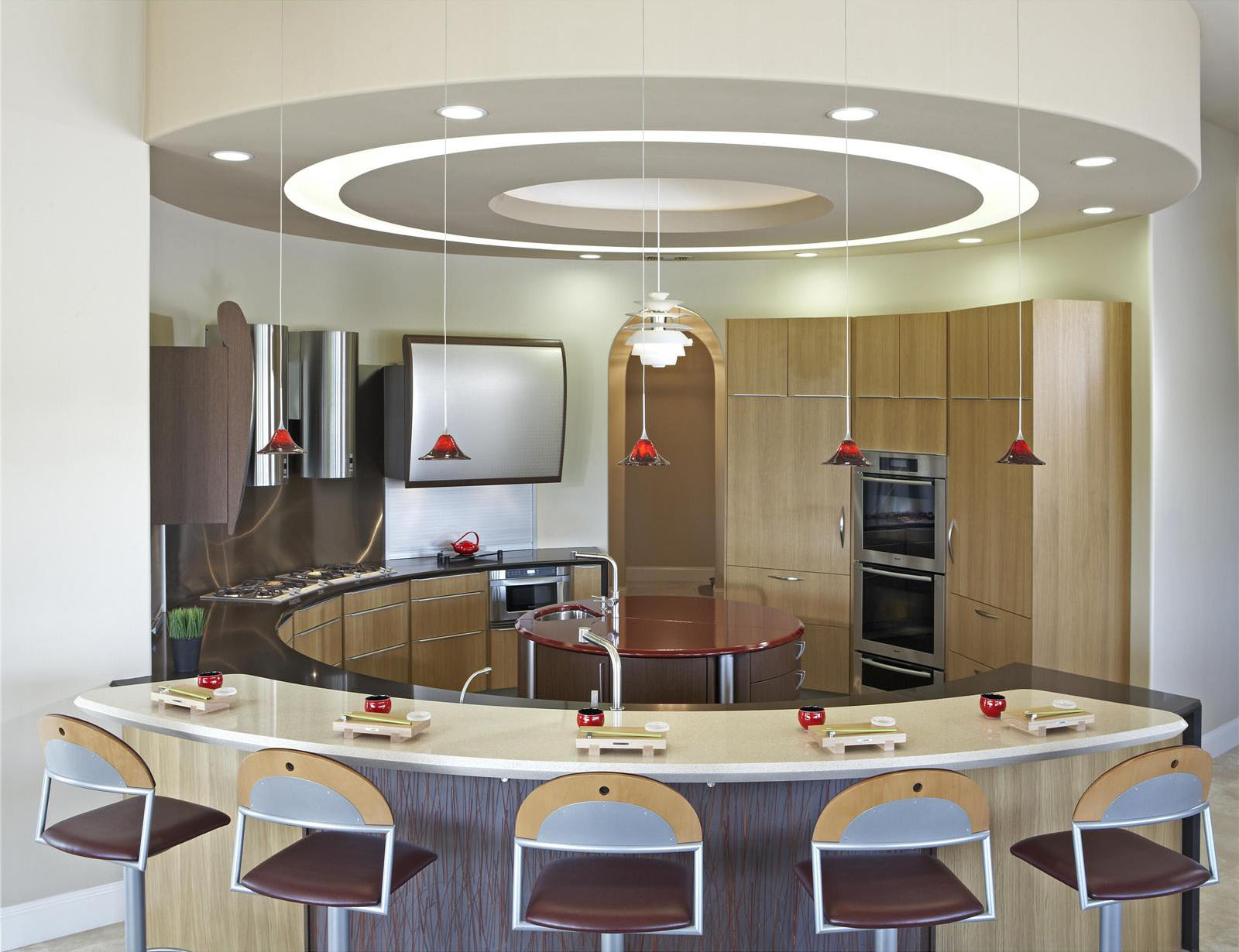
Related Posts:
- Modern Hanging Kitchen Lights
- Kitchen Wall Lights Contemporary
- Pendant Lighting Kitchen Ideas
- Gu10 Kitchen Light Fittings
- Kitchen Backsplash Lighting
- Replace Kitchen Fluorescent Light With Led
- Pendant Light Fixtures Over Kitchen Island
- Kitchen Accent Lighting Ideas
- Outdoor Kitchen Pendant Lighting
- Retro Kitchen Island Lighting